Ah, the age-old question, often murmured by weary travellers crammed into coach with a stranger’s elbow invading their personal bubble space: “How much longer can this flight possibly go on for?!” The answer is… further than you think, and possibly further than you’d want.
In this article, we are going to take a brief trip through some plane stats, have a look at the main factors stopping commercial aircraft flying further, and see the longest flight routes in the world.
We’ll also cover some trivia along the way! Did you know that whilst the 777-300 ER stands for extra-range, the 777-200LR (long-range) variant has significantly more range than the extra-range?!
So, just how far can commercial planes fly?
Let’s start with the basics. The range of an aeroplane (or how far it can fly) depends on several factors, including its fuel capacity, speed, altitude, and the weight it’s carrying.
Typically, commercial airliners all fly at around the same speed and altitude. That leaves fuel. So, it’s no surprise to see that the longest aircraft are typically specially modified variants of commercial aircraft, with additional fuel tanks.
The previous long-range king was the Boeing 777-200LR (long range) which can fly about 8,500 nautical miles.
Pakistan International Airlines (pictured) was the launch customer back in 2006.
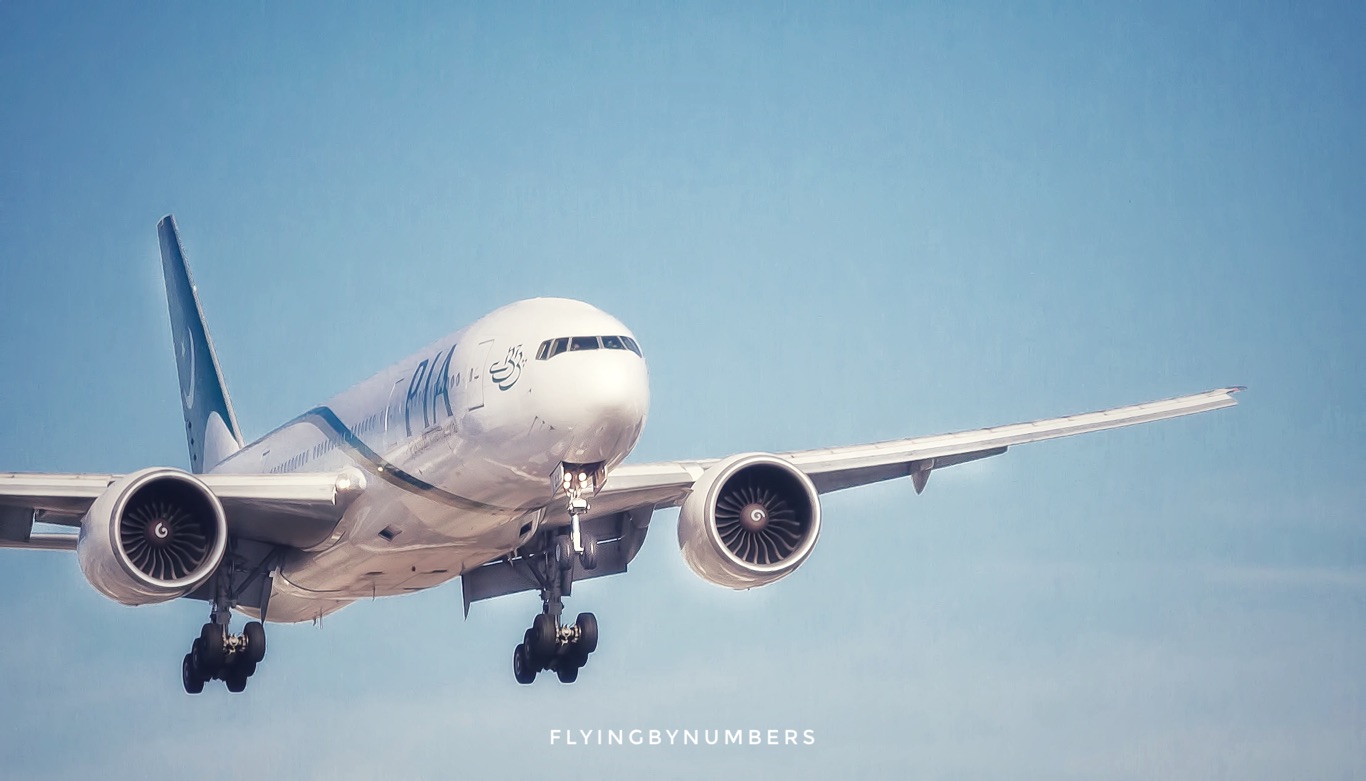
About the Boeing 777-200LR
- Despite its age, the original Boeing 777 entered service back in 1995, the 200LR was a variant of the popular twin-jet that fitted three additional fuel tanks into some rear cargo storage.
- Less space for bags, but plenty more fuel, has allowed the aircraft to break the record for the longest non-stop flight for a commercial airliner back in 1995 — a record it held for over two decades!
- Because of its niche appeal, only 61 aircraft were ever made, with less than 50 still operating today
Following on from the 777-200LR the latest generation Boeing twin-jet, the 787 dreamliner, also has a massive range — over 7,500 nautical miles for the -9 variant.
However, because there isn’t yet a specialised ultra-long range version, the 777-200ER was superseded by the newest Airbus twin-jet, the A350.
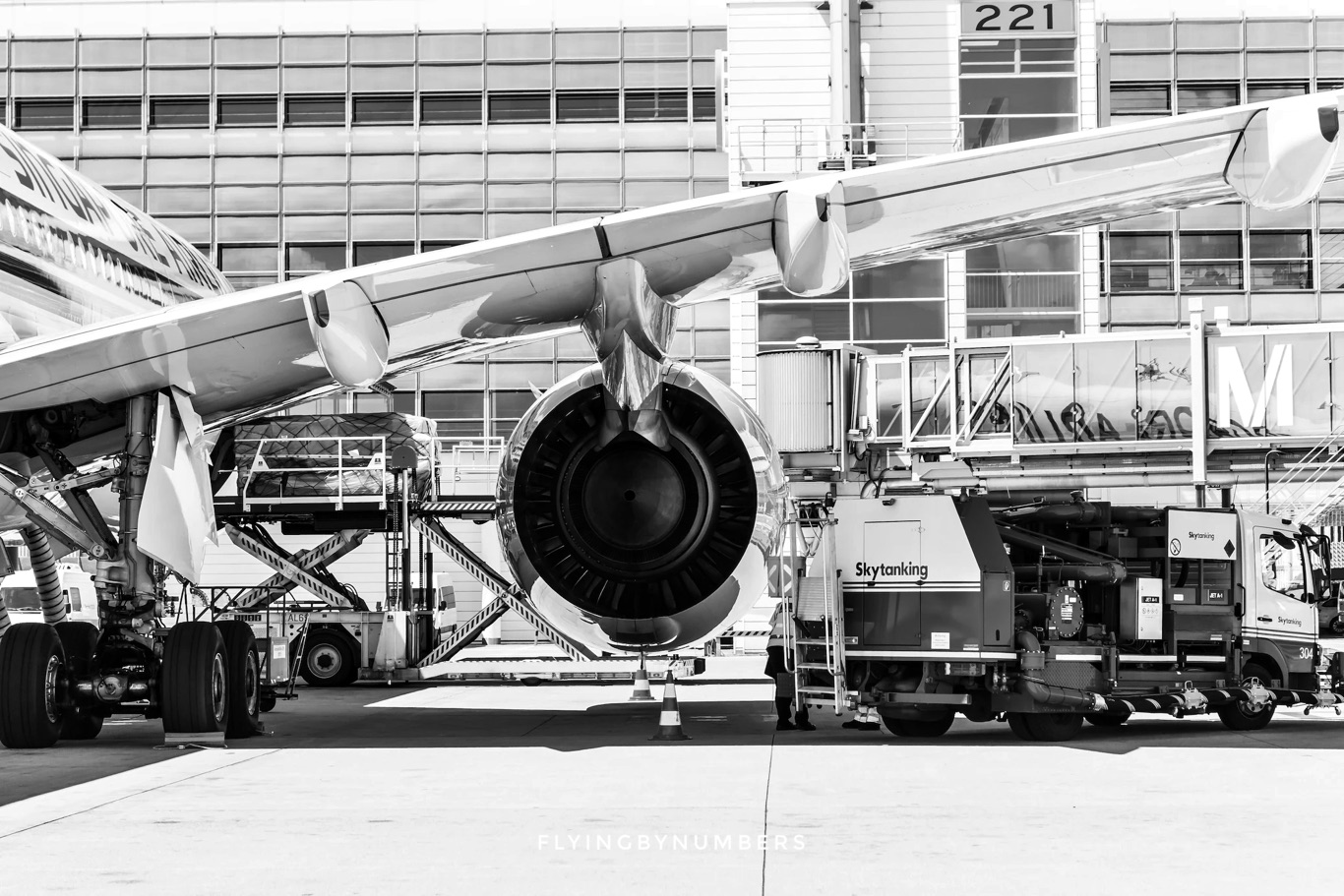
Capable of flying a staggering 9,700 nautical miles, the Airbus A350-900ULR (that’s, ultra-long range!) is the commercial aircraft that can fly the furthest as of 2023.
So, to answer that original nightmare question, if you were that weary traveler crammed into coach with a stranger’s elbow invading their personal bubble space, how long could that flight last? You better hope it’s not on an A350 ULR, or the flight could last for twenty hours!
3 of the longest flights in the world
But, enough with the technicalities. The real question is, “What’s the longest commercial flight in the world?” Brace yourself for this one.
3rd longest flight in the world: New York — Singapore
The record previously went to Singapore Airlines’ flights, travelling between Singapore Changi Airport to New York in the USA.
The longest flights were always traditionally between Newark airport and Changi airport (SQ21). However, in 2021, flights also began between Newark’s slightly further neighbour — New York’s JFK airport — and Singapore, notching up an additional 2 nautical miles and ranking the longest flight in the world.
Flight times last for around 18 hours and 40 minutes, covering 8,285 nautical miles.
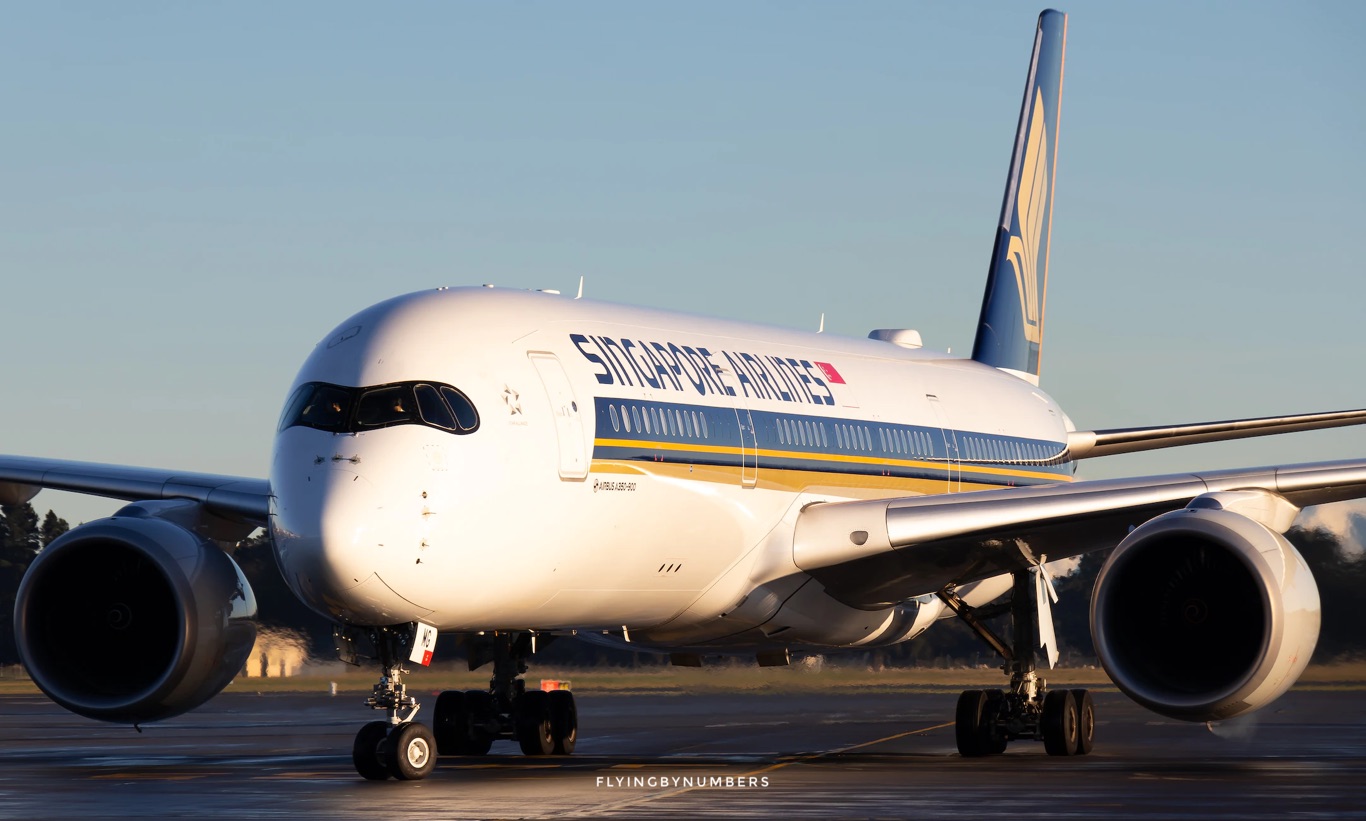
2nd longest flight in the world: Paris — Tahiti
Coming in at 8,485 nm, the second-longest commercial flight in the world was born out of necessity — the Covid-19 pandemic.
Air Tahiti previously flew between Paris (CDG) airport and Tahiti’s International Airport (PPT), via Los Angeles Airport (LAX).
However, in the depths of the Covid-19 pandemic, travellers from france were prohibited by the USA from transiting on their soil.
As a result, Air Tahiti Nui decided to fly the route directly to bring French citizens home before the lockdown.
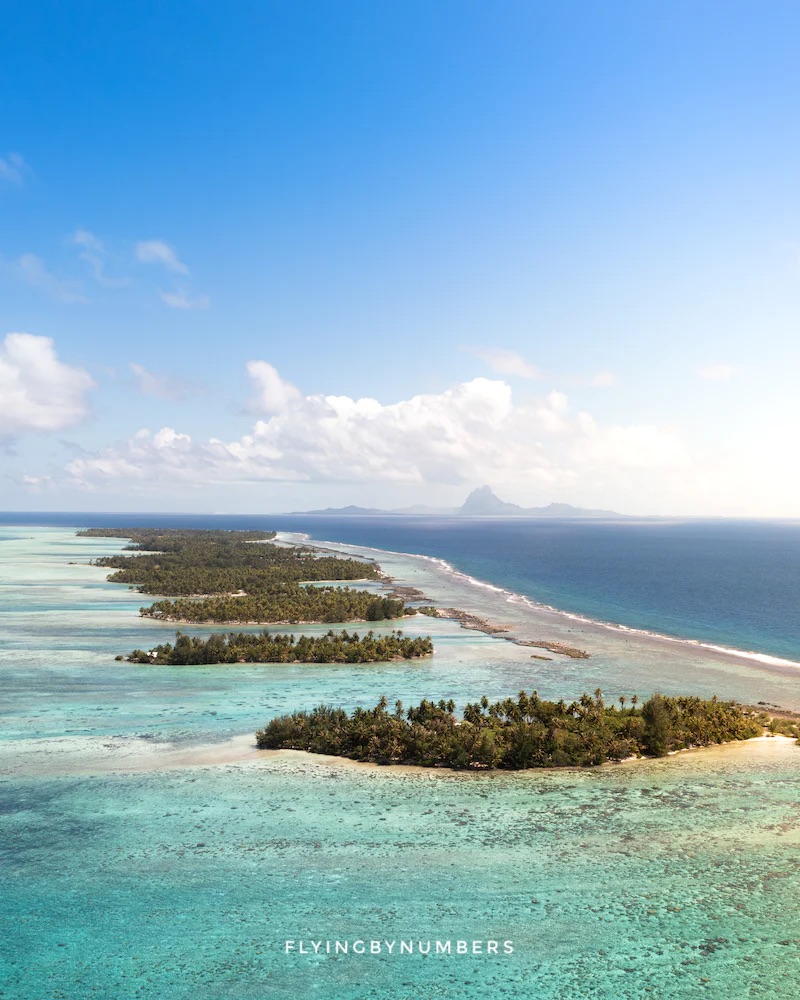
Route Trivia:
- Rather impressively, the route was capable of being flown (albeit with limited passengers onboard) by the standard Boeing 787-9.
- This probably vindicates Boeings viewpoint that they didn’t need to make a specialised long-range variant of their latest generation twin-jet because the range was sufficient for any flight operators would want.
- Looking back at the stats, you’ll see that their previous triple-seven long-range variant 777-200LR was capable of flying a staggering 1000 nm further than this flight.
- In addition to breaking records for the longest commercial flight ever, Tahiti is part of the French Polynesia.
- This means that this flight was technically a domestic flight, and therefore it shot straight to the top of the record books, as the longest domestic flight in the world too!
- The route lasted approximately 5 weeks, between March and April 2020
The longest commercial flight in the world (scheduled!): Sydney — London
OK, so technically this flight doesn’t exist yet, but it’s definitely on its way, and we thought it is worthy of covering in the list for three reasons:
- It’s required customising an entirely new aircraft for the future operator, Qantas
- The flight time is so long, Qantas has had to study the effect on passengers and crew health by scheduling long range test flights!
- It will become the longest flight in the world by over 700 nm!
The answer: Project Sunrise by Qantas, operating flights between Sydney and London direct (among others) with a distance of nearly 9200 nm!
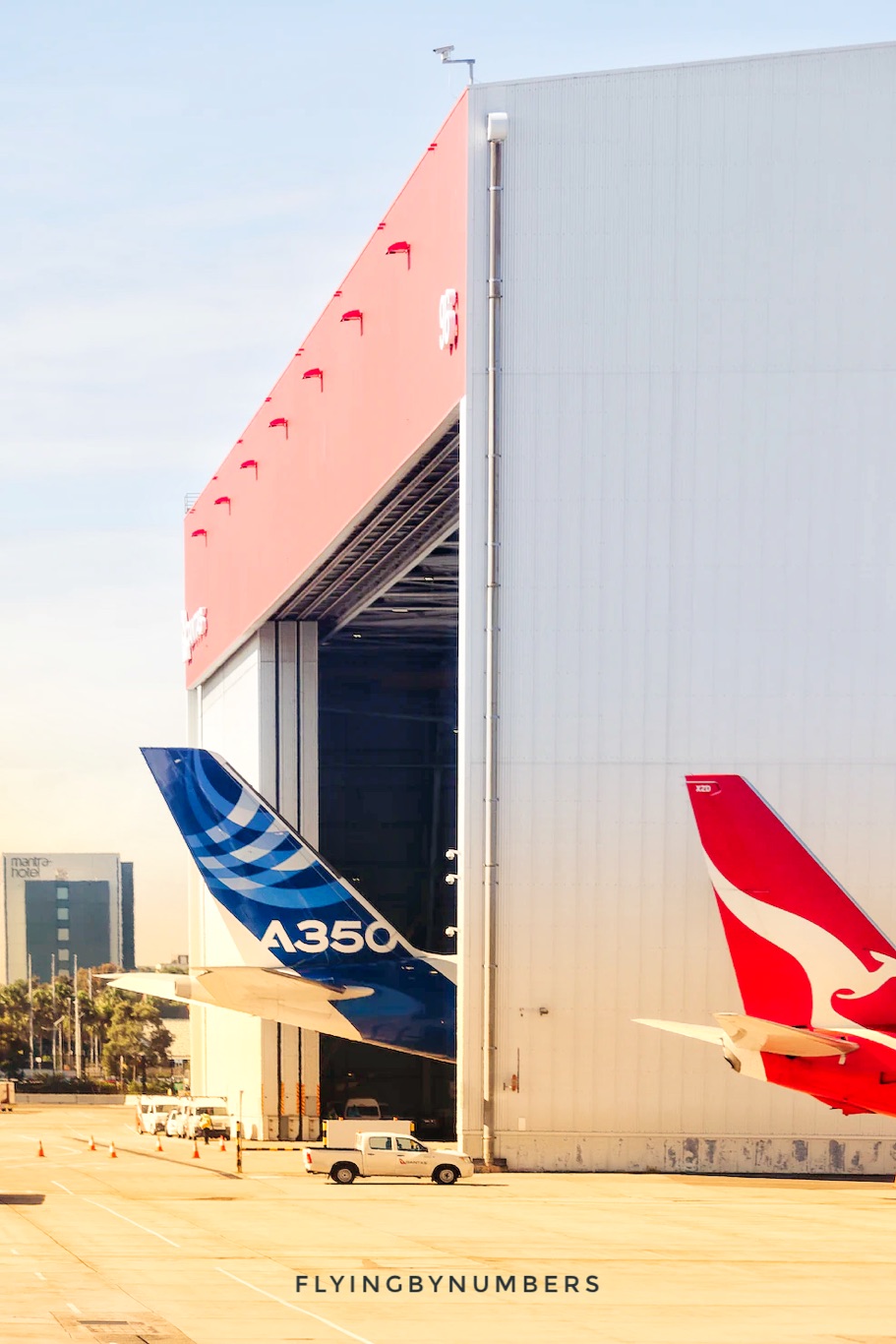
The project has been in the stop-start phase for a while now, with original plans delayed due to the global pandemic, and it’s giant impact on airlines! However, in 2022 Qantas firmed up orders with Airbus for the A350, ordering 12 aircraft, with an expected start date for the route of 2025.
The lowest seat count of any A350-1000 in service, only 238 in total.
Project Sunrise A350 — Qantas
The A350-900ULR was mentioned earlier as the commercial aircraft that can fly the furthest, but interestingly, Qantas decided not to pick this “off-the-shelf” option. Instead, they’ve ordered 12 of the slightly larger A350-1000, but made their own long – range variant by equipping it with a specialised additional fuel tank.
Combining the extra fuel capability, alongside a heavily reduced passenger count of only 238, means that the reduced weight and extra fuel can carry this aircraft non-stop for the estimated twenty-hour flight time!
Why can’t we fly further?
You might be wondering, “What’s keeping us from flying even further?” Well, there are a few limiting factors.
Firstly, there’s the aforementioned fuel capacity. Planes are not like cars; you can’t just pull over at a cloud gas station and top up. The further you want to fly, the more fuel you need, and fuel is heavy. It’s also a catch-22, the more fuel you carry, the more fuel you need to carry that fuel.
Military planes get around this first point by air-to-air refuelling. It’s why in any list of longest flights in the world, commercial aircraft take a very distance second place. They’ve recorded 15+ hour flights in fighter jets, 24+ hour flights in refuelling aircraft, and even 30+ hour flights in bomber aircraft!
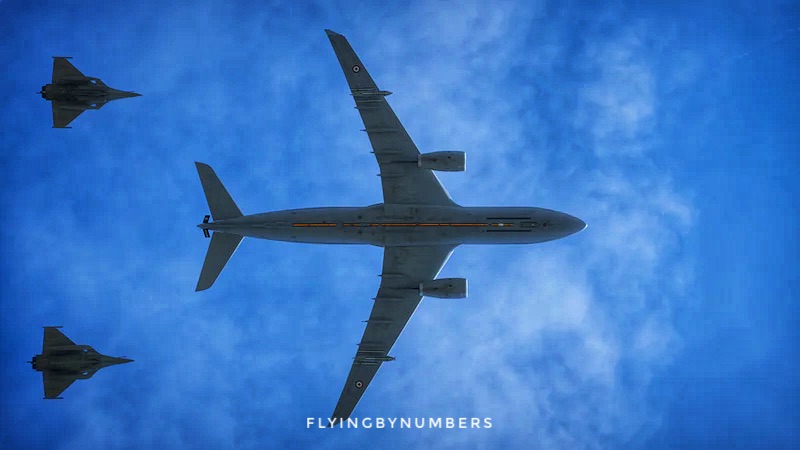
However, air-to-air refuelling is both hugely expensive — it requires an additional dedicated tanker aircraft — difficult to train pilots for, and the manoeuvre adds a huge amount of risk and complexity. These are all things airlines hate, and don’t really make much sense in the commercial world.
Secondly, planes have to carry food, water, and other necessities for passengers and crew. The longer the flight, the more supplies needed. Plus, there’s the issue of rest for the flight crew. Under current regulations, commercial pilots can only be at the controls for a certain number of hours before they need to rest. Typically, it’s an absolute maximum of 17 hours. It’s why on any delayed flight, you might have heard the phrase “duty timeouts” — shortly followed by your crew walking off the plane!
Finally, there’s the big question: “Would you really want to fly that far in one go?” Consider this: 19–20 hours is a lot of time to be stuck in a seat, even in first class. Imagine watching the entire “Lord of the Rings” trilogy, and you’re only halfway through the flight. And let’s not even talk about the state of the bathrooms by hour 18!
That final point is neatly summarised in an article on the planned longest flight, by frequent flier ThePointsGuy…
I like having the opportunity to briefly stop somewhere along the way, stretch my legs, shower, change my clothes and then board the next flight to my destination. It doesn’t make much difference to me whether the journey takes 20 or 22 hours, but I sure do like arriving at my destination feeling fresher for breaking up my journey.
Why this Australian isn’t so excited about Qantas’ Project Sunrise announcement — TPG
On shorter flights, sure. Flying directly at 2:30 rather than taking a 1:30 flight, hanging around in the airport for 2 hours, then taking another 1:00 flight makes a huge difference. It arguably will save you half a morning or afternoon, and allow you to get to your destination with significantly less stress.
But, when the distances involved, and journey times are so great, a two-hour connection pales into insignificance.
It’s no surprise to see then that with the rise of ultra-long-haul flights, airlines have been working hard to mitigate some downsides. They’re improving in-flight entertainment, offering better meals, and even redesigning cabins for more comfort. Singapore Airlines doesn’t sell economy tickets on their longest routes, and Qantas is planning a yoga stretching area.
However, no amount of free champagne can change the fact that you’re essentially trapped in a metal tube for nearly an entire day.
Summary
In conclusion, modern planes can take us between virtually any two points on the globe in one go. They are triumphs of human engineering, enabling us to cross continents and oceans in a single bound.
The commercial aircraft that can fly the furthest is the A350-900ULR, taking the mantle from the previous generation’s Boeing 777-200LR. Both are capable of flying over 9,500 nautical miles.
But as for whether we should be making such lengthy flights, well, that’s another story. The human body wasn’t exactly designed for long-haul air travel.
Despite that, airlines are determined to use the latest aircraft to fly as far as possible in one go, so there is obviously a market for it. Singapore Airlines has been operating variants of the SQ21 & SQ22, the current furthest, flight in the world between Singapore and New York, since 2004.
So, next time you’re crammed into a long-haul flight, spare a thought for the marvel of modern aviation that’s carrying you over 35,000 feet (ca. 11 km) above the ground. Oh, and maybe as well for the crew members who are stuck in the same tube as you are for the same amount of time, if not longer.
And remember: even the longest flight eventually lands.





